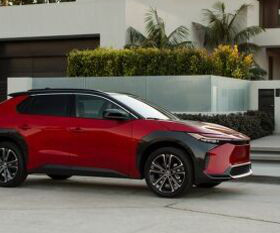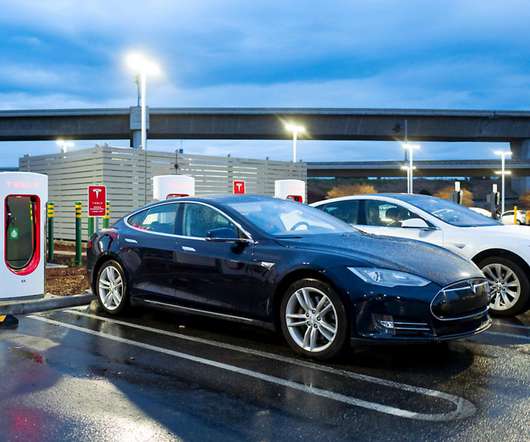VW Premieres New Polo GTI; Textbook Downsizing Results in 25% Reduction in Fuel Consumption from Predecessor
Green Car Congress
FEBRUARY 20, 2010
The new Polo GTI, in what Volkswagen is calling “textbook downsizing”, is powered by a new 1.4-liter liter TSI with gasoline direct injection plus turbo- and supercharging. By comparison, its direct predecessor with regard to power—equipped with a 132 kW 1.8-liter The new Volkswagen Polo GTI. Click to enlarge.












Let's personalize your content